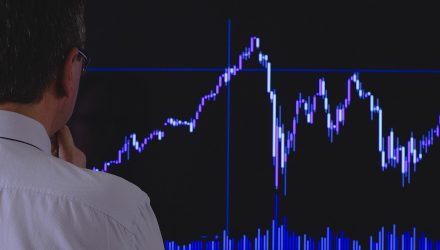Over any and every 15-year period from 3/31/73 to 6/30/18, currency exposure increased volatility for investors. Even stretching down to periods of only five years saw currencies increase volatility at least 90% of the time, while rolling three year time periods saw an unhedged approach increase volatility in 89% of cases.
Volatility Reduction in Focus
Intuitively this should make sense. Currencies can and often do move independently of stocks. And if foreign investing returns are a combination of equity returns and currency returns, removing a key part of the equation would reduce the variables involved and a potential source of volatility.
And just as important, in order to have the effect of reducing volatility, currencies would need to move in a very specific direction relative to equities. In other words, any time currencies and stocks moved in the same direction, this would potentially increase volatility. Any time stocks were flat and currencies were on the move, volatility would be increased. Currencies and equities would need to move in opposite directions—with currencies moving by less than equities—in order for a non-hedged strategy to have a reduction in volatility levels.
That is why taking out this uncertain factor has generally been a great way to reduce volatility. This is clearly confirmed by the historical data, particularly over long time periods, but over shorter ones as well.
Bottom Line
Nothing is a sure thing in the world of finance. But currency hedging’s ability to reduce volatility, at least from a historical look over long time periods, is as close as many of us will get. The historical data is hard to deny in this regard for the EAFE Index, as 365 out of 365 rolling 15-year periods saw currency exposure increase volatility. With numbers that definitive, there is little excuse for not currency hedging, particularly when it has not historically had an adverse impact on returns.
Read more about our approach to currency hedging.
For more market trends, visit ETF Trends.
